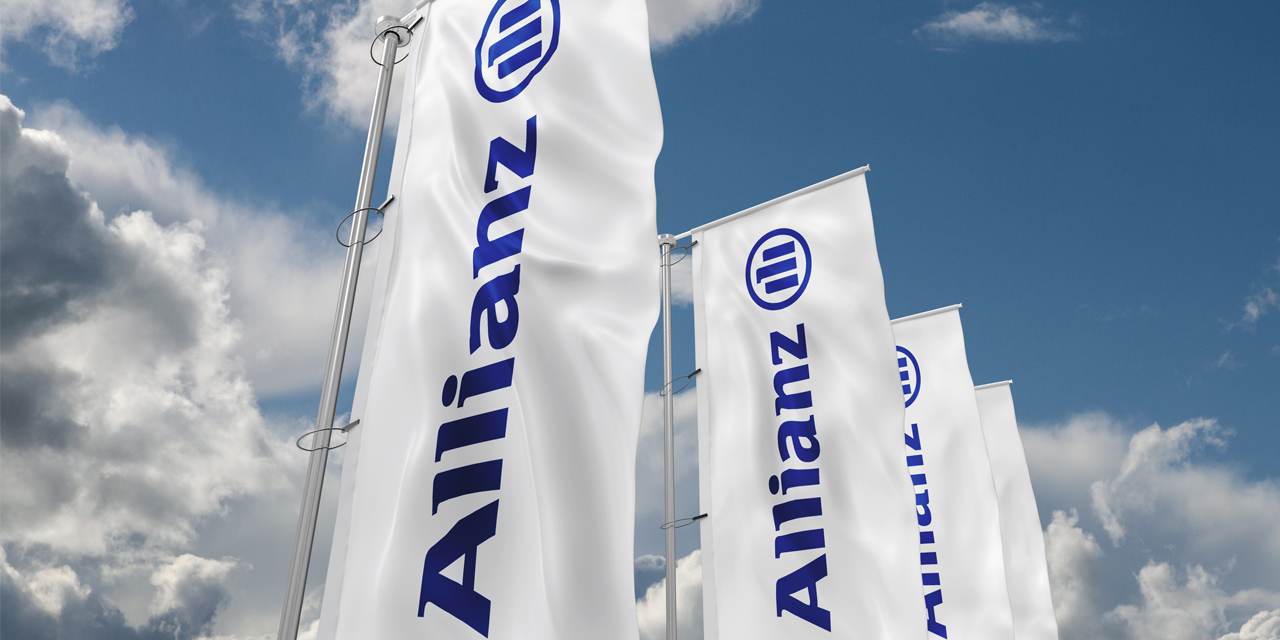
Water Conservation: 7 Simple Ways to Save Water at Home and in Your Business
Water is one of our most precious resources, yet it is often wasted without thought. ...

The Allianz SAMEpath tool charts the required emission reductions and associated investments needed to achieve the 1.5°C Net Zero commitments made by countries under the 2015 Paris Agreement.
SAMEpath also examines the energy mix and how the speed of implementation can vary by region, country and sector.
The tool outlines how the green transition can be achieved within the shrinking timeframe. The tool from Allianz Research provides granular analysis of the transition pathway needed for more than 50 industries worldwide.
“The purpose of Allianz is that ‘We secure your future,’” said Ludovic Subran, Chief Economist at Allianz SE. “We take that seriously and are supporting our stakeholders as best as possible in their efforts to achieve their Net Zero targets. SAMEpath is part of that commitment as it can form the basis for investment and underwriting decisions worldwide.”
SAMEpath (the abbreviation for Sector Assessment of Multiple Emissions pathways) informs stakeholders and the general public about economic developments and potential transition risks for sectors and economies in different climate scenarios. This includes reaching the 1.5°C Net Zero target, remaining below a 2oC increase in global warming and the massive overshoot embedded in current policies.
The SAMEpath dashboard harmonizes many of the existing analyses on climate scenarios. It enhances this with own calculations to provide more details on economic developments and climate transition risks.
“After the Paris Agreement, the thinking was that the world needed a simple Google Maps-like tool to orient us on reducing greenhouse gases (GHG),” explains Subran. “Unfortunately, there is an almost unmanageable number of models and scenarios now. SAMEpath simplifies this into one tool that can inform users where we are, how we can reach Net Zero from here and do so given the situation.”
Users of SAMEpath can conduct customized data searches to display and download data on a requested variable, region and/or scenario. With it, they can, for example, quickly find the GHG emissions of the United States in different climate scenarios up until 2050 and beyond. The dashboard also contains a geographical map allowing users to compare different countries for a given variable, scenario and year combination.
The Risk Assessment portion of the dashboard enables users to identify climate transition risks in different scenarios and for various sectors and the economy as a whole. Here users can observe the predicted impact of each transition scenario on the final sector demand of a given country. The Abatement Cost Curves subsection explores the relationship between emission reductions (overall or in a given industry) and the associated carbon price required to achieve those reductions.
“SAMEpath is a living tool,” said Subran. “It’s open source, free and ready for integration into projects and provides a valuable outside-in perspective that can help to inform long-term business decisions and investments.”
اترك تعليقا